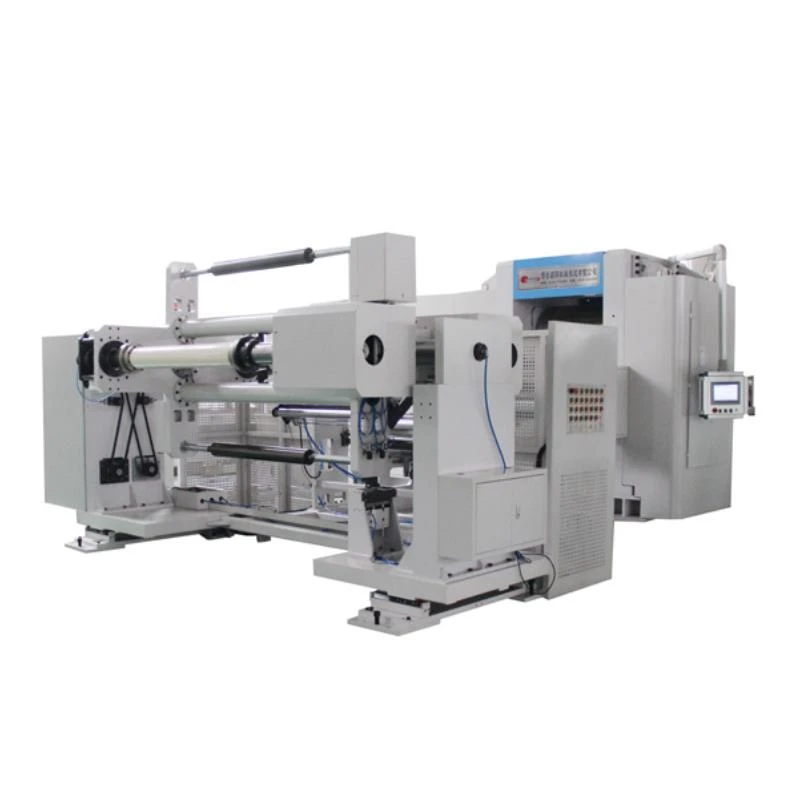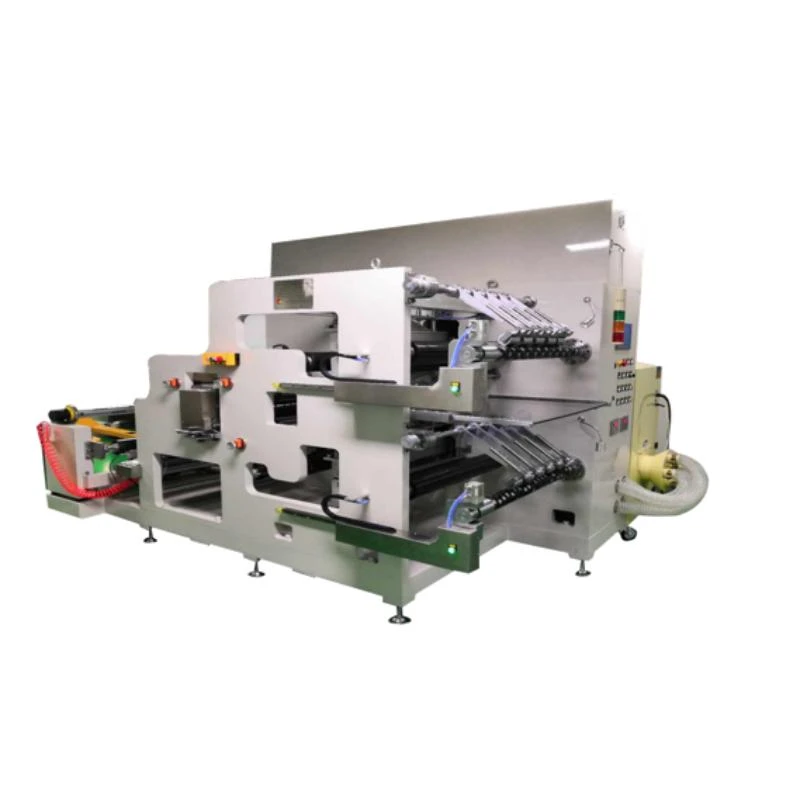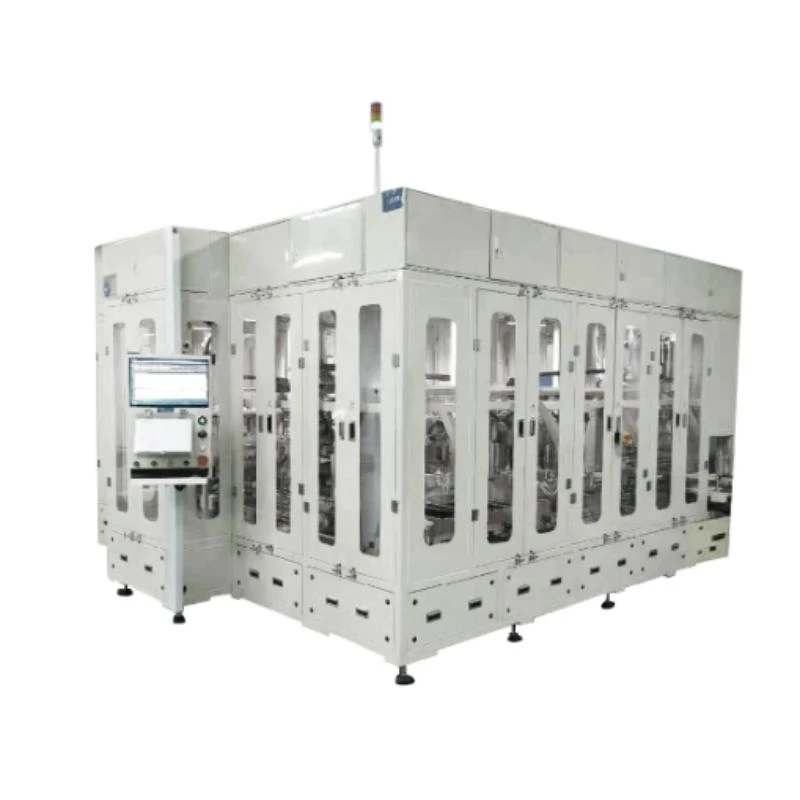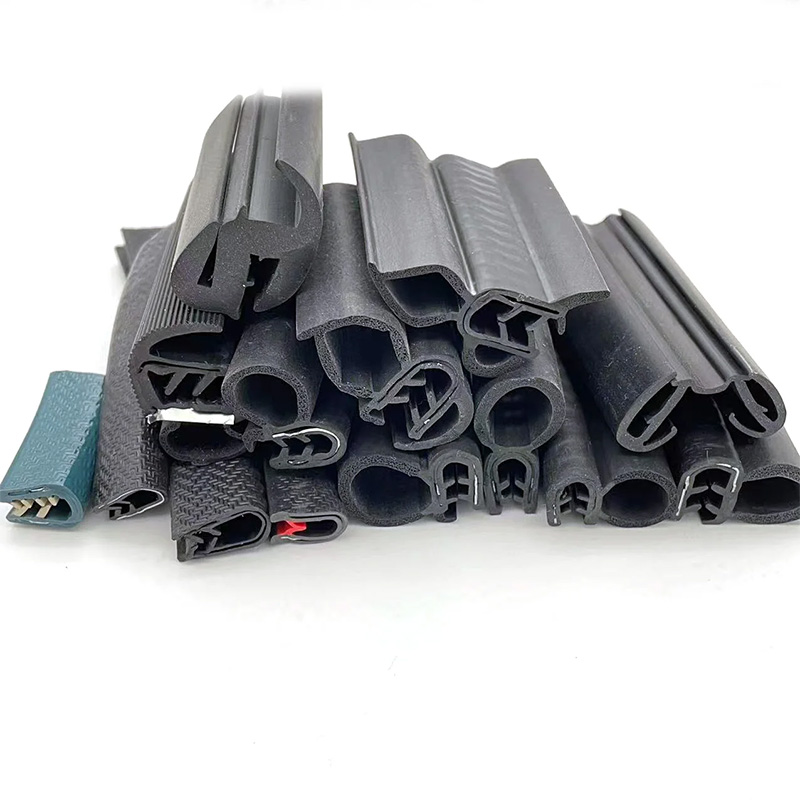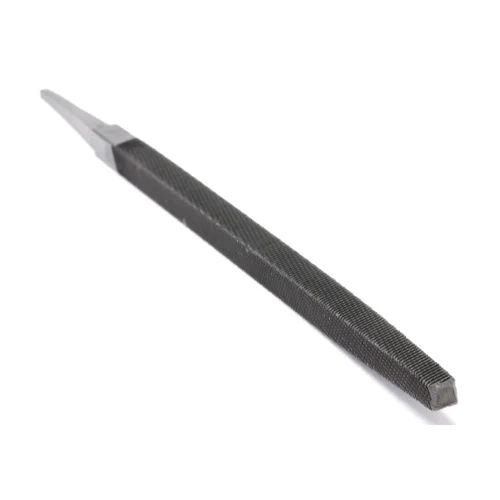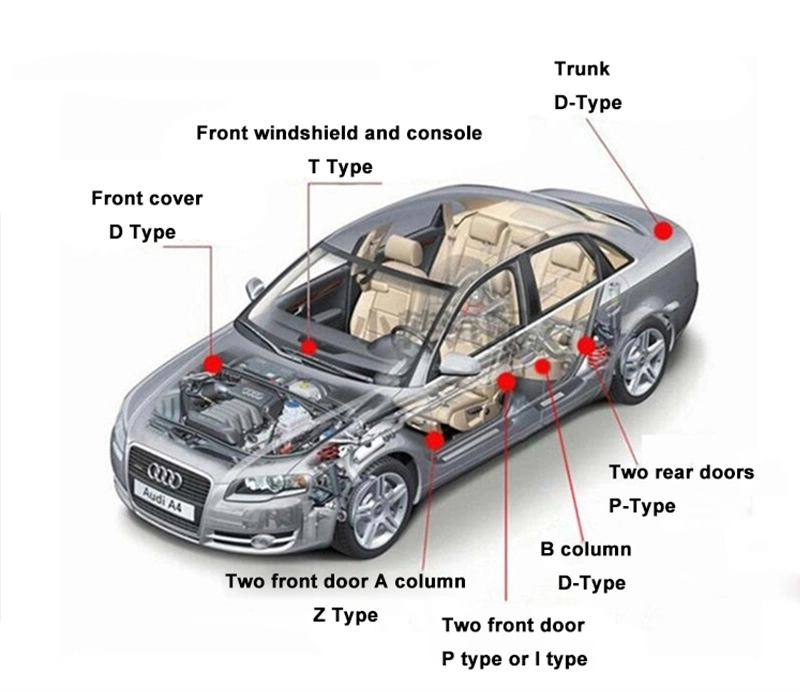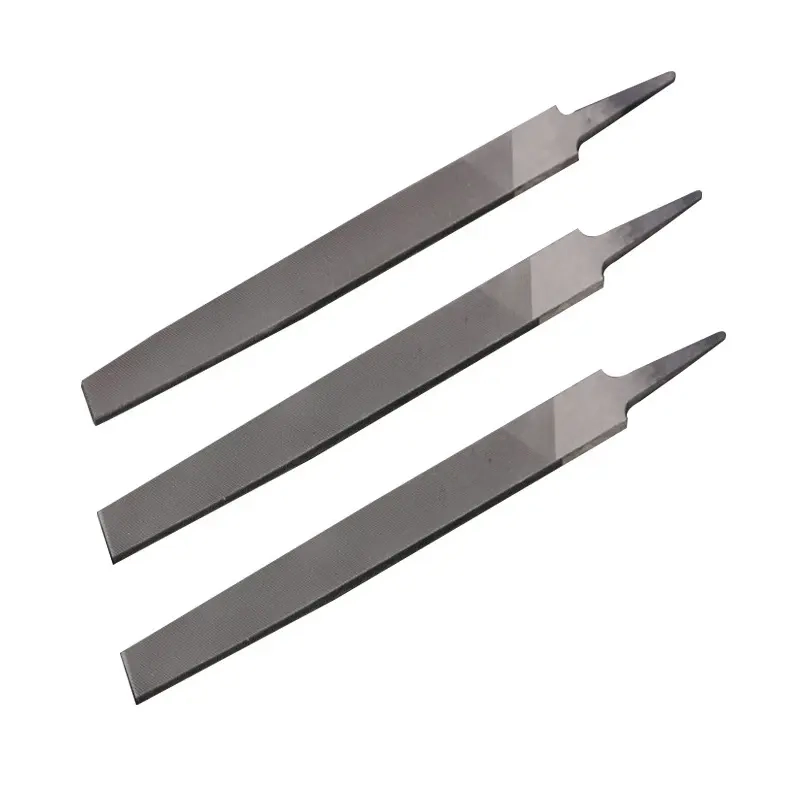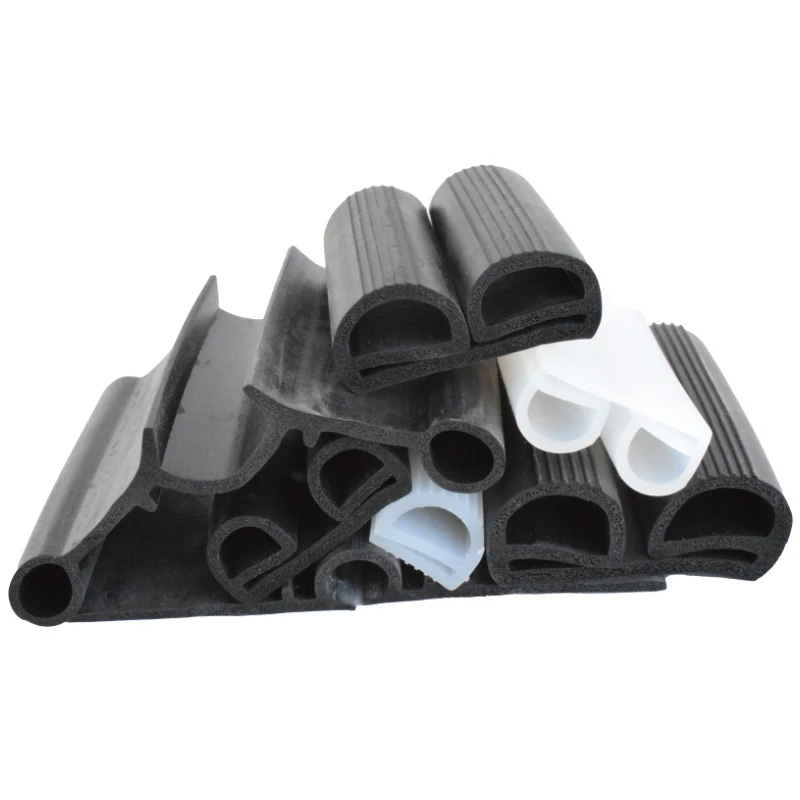High-Quality Flat File Tools for Precision Work and Versatility
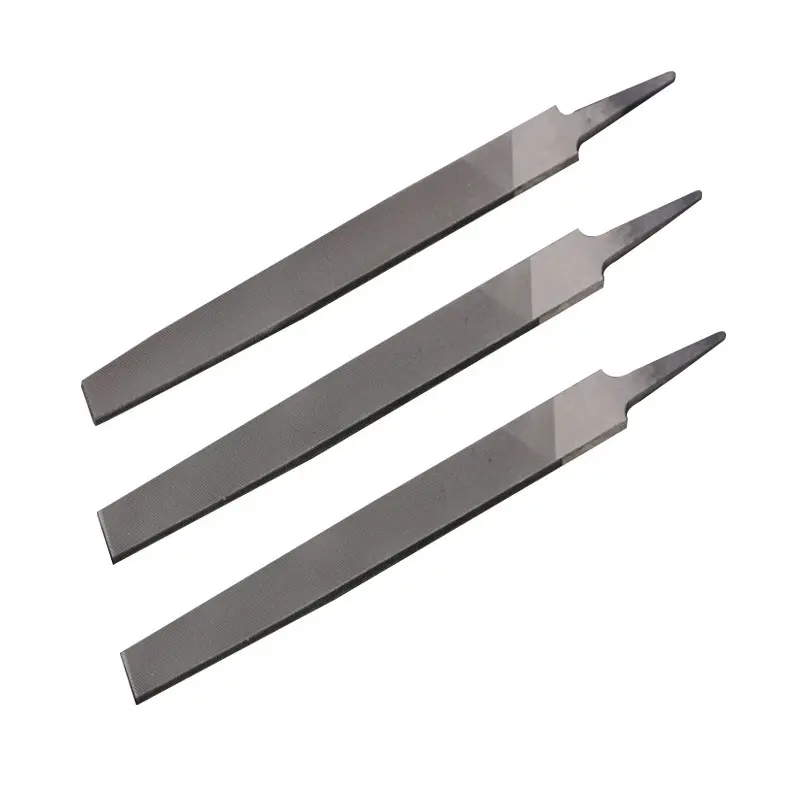
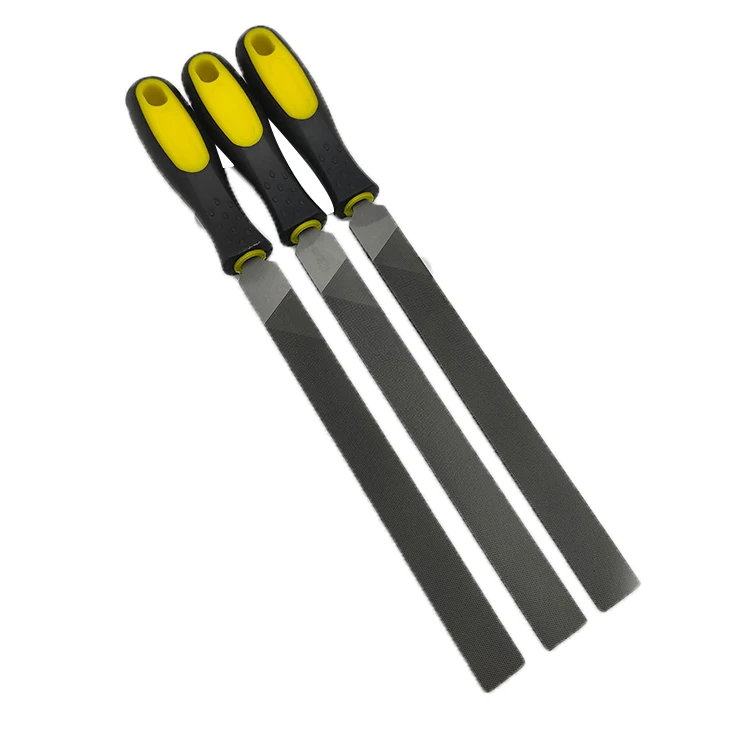
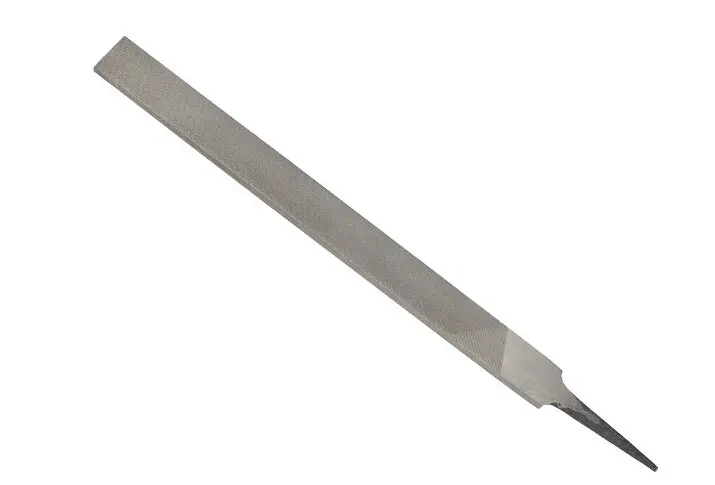
1. Introduction: What is a Flat File?
A flat file is a highly versatile hand tool characterized by its broad, flat surface embedded with parallel rows of teeth or ridges. Traditionally used for smoothing, deburring, flattening, or shaping surfaces, flat files—and their aggressive cousins, flat rasps—are widely adopted across metalworking, woodworking, plastics, and even automotive repair industries. The design enables quick, precise material removal and finishing, especially for large, flat, or straight-edged workpieces.
Market demand for flat file and flat rasp products continues to surge as industries prioritize efficiency, precision, and ergonomics in surface preparation. According to PracticalMachinist forum discussions and recent academic publications, advancements in material technology, tooth geometry, and ergonomic handle design are shaping the modern evolution of a flat file, elevating user productivity and finish quality.
2. Industry Trends & Global Market Overview
The global hand tool and file market is projected to reach USD 10+ billion by 2028 (source), with flat files playing a crucial role due to their essential application in both manufacturing and DIY segments. Rising adoption of single flat file and straight file designs in high-value sectors like aerospace, machinery, and construction is a testament to their enduring relevance.
Trending features in recent years:
- High-carbon and alloy steel for extended tool life
- Ergonomic, anti-slip handles for operator comfort
- Precision tooth patterns for specific surface finishes
- Hybrid rasps for multi-material compatibility
- Environment-friendly corrosion resistance coatings
3. Flat File - Technical Parameters Table
| Parameter | Description | Industry Typical Value | Application Notes |
|---|---|---|---|
| Type | Flat file, flat rasp, single flat file, straight file | Standard, Double/Smooth cut, Bastard, Second-cut | Choose based on material hardness & surface finish |
| Material | Tool steel, alloy steel, high-carbon steel | 60Mn, T12, Cr-V steel | Influences lifespan and wear-resistance |
| Length (mm) | Full length including handle | 100-400 mm | Larger files for flat panels, smaller for precision |
| Width (mm) | Width of working flat surface | 10-40 mm | Wider for faster leveling |
| Teeth pattern | Single, double, rasp (coarse), or smooth cut | Double: universal, Rasp: aggressive removal | Impacts removal rate and finish |
| Cut grade | Coarse (Bastard), Medium (Second), Fine (Smooth) | Bastard/Smooth | Coarser for rapid shaping, fine for finish |
| Hardness | Rockwell scale, tooth edge | HRC 56-62 | Determines edge retention |
4. Data Visualization: Market and Product Parameters
5. Application Scenarios: How Flat Files & Flat Rasps Serve Modern Industries
- Metalworking: Precision deburring, smoothing welded joints, adjusting flat surfaces in machinery.
- Woodworking: Leveling panels, fine-tuning joins, edge rounding or shaping with flat rasp for quick stock removal.
- Tool & Die Making: Creating accurate straight edges, critical in mold finishing.
- Automotive Maintenance: Filing cylinder heads, aligning surfaces, rust cleaning.
- DIY & Home Improvement: Furniture repair, hobby projects, general finishing tasks.
The versatile design of a flat file and single flat file allows for precise and controlled removal of material, even in tight or awkward spaces where power tools cannot easily access.
6. Product Overview: Flat File or Flat Rasp by XINGTAI SHUODING TRADING CO.,LTD
Flat File or Flat Rasp Products from XINGTAI SHUODING TRADING CO.,LTD deliver efficiency and precision across industries:
- Material: Premium graded tool steel (HRC 58-60), anti-rust coating, industrial-grade durability.
- Tooth Craftsmanship: Uniform, deep-cut teeth for aggressive material removal (Rasp), precision-forged patterns on flat file for mirror-finish capability.
- Handle Ergonomics: Soft-grip, chemical resistant, anti-fatigue design for extended use.
- Variants Offered: Flat file, flat rasp, single flat file, straight file, custom tooth pitch, custom length/width.
A: High-carbon steel (such as 65Mn or T12) and alloy steel are preferred for their hardness (HRC 56-62) and edge retention. Premium flat rasp variants may employ Cr-V (chromium-vanadium) steel for enhanced toughness.
A: Lengths usually range from 100mm to 400mm; widths between 12mm and 38mm; thickness: 4-10mm. Custom dimensions are available upon request.
A: Tooth pattern classification includes single-cut, double-cut, and rasp type. Double-cut is standard for metalworking, single for finer finishes, and rasp for wood/plastics.
A: DIN 7261, ISO 234-1:2022, and ANSI B107.6 are commonly referenced for dimensions, hardness, and tooth geometry.
A: Secure the workpiece, use the full length of the flat file on the forward stroke, maintain consistent pressure, and avoid back-and-forth “sawing” to prolong file life.
A: For metal and hard plastics, use flat file. For aggressive removal on wood or soft polymers, use flat rasp due to coarser teeth.
A: Laser-hardened edges, ergonomic bi-material handles, non-stick coatings, and adjustable modular handles (see:file optimization).
8. EEAT Optimization: Professionalism & Authoritative Resources
At XINGTAI SHUODING TRADING CO.,LTD, we adhere to global quality benchmarks and continuous R&D, drawing from industry forums such as PracticalMachinist and academic sources like SAGE Journals on abrasive wear and tool design. Our commitment to trustworthiness is reflected in customer testimonials and compliance with ISO and DIN norms.
9. Conclusion: Why Choose Our Flat File & Flat Rasp Solutions?
Choosing XINGTAI SHUODING’s flat file and flat rasp offerings ensures peak efficiency, durability, and finish quality for demanding industrial and DIY applications. Our expertise in metallurgy, ergonomic design, and custom engineering supports all scenarios—from large-scale production to specialized prototyping.
For bulk orders, custom technical needs, or detailed consultation, please contact sdtrading0927@126.com or visit https://www.xtshuoding.com/flat-file-or-flat-rasp-products.html
Share
-
Lithium Battery Welding Machine | High-Precision, Fast, SafeNewsNov.17,2025
-
Aluminium Guide Roller | Anodized, Lightweight, Low-NoiseNewsNov.17,2025
-
Tofu Cat Litter Bulk – Eco, Low-Dust, Fast Clumping SupplyNewsNov.17,2025
-
Equipment for Lithium Cell Assembly | Automated & PreciseNewsNov.10,2025
-
Square File Tool – Precision Cut, Hardened Steel, VersatileNewsNov.10,2025
-
Lithium Ion Battery Assembly Machine | Automated, High-SpeedNewsNov.10,2025
